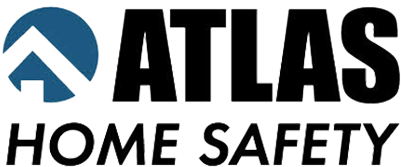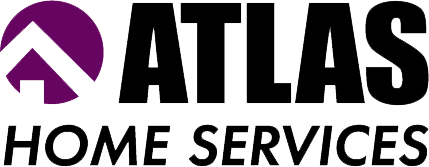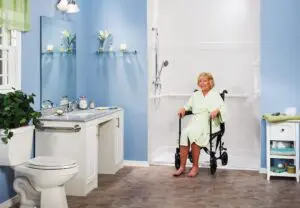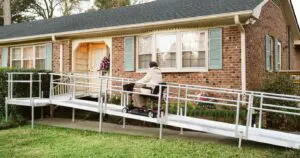Navigating stairs becomes increasingly difficult with age or limited mobility, and for many seniors and individuals with disabilities, this can become a barrier to remaining in their own homes. Fortunately, mobility aids like stair lifts and chair lifts offer viable solutions that allow individuals to continue living independently and safely.
However, the terms “chair lift” and “stair lift” are often used interchangeably, leading to confusion. This article explores the differences between these two devices, helping you make an informed decision based on your unique needs and home setup.

Understanding the Basics: Chair Lift vs. Stair Lift
What is a Stair Lift?
A stair lift is a motorized seat that travels along a rail mounted to the stair treads. Users sit on the chair, fasten a safety belt, and use controls to ascend or descend the stairs. Stair lifts are suitable for people who can walk but struggle with stairs due to arthritis, balance issues, or fatigue.
What is a Chair Lift?
Also known as a wheelchair lift or platform lift, a chair lift is designed for users who rely on a wheelchair or walking aid. These lifts consist of a platform that travels vertically or along the stairs, accommodating both the user and their mobility device.
Don’t Confuse a Chair Lift with a Lift Chair
It’s worth noting that a lift chair is different from both a stair and chair lift. A lift chair is a recliner with a powered lifting mechanism to assist users in standing up or sitting down. It does not move users between different floor levels but is useful for enhancing comfort and mobility within a single room.
Key Differences at a Glance
Stair lifts and chair lifts serve different users and operate differently. Stair lifts are designed for seated individuals who can transfer independently and move along a rail mounted to the stairs. Chair lifts, on the other hand, accommodate wheelchair users and travel either vertically or along the staircase on a platform. Stair lifts are more space-efficient and typically require minimal structural changes, while chair lifts often need more room and may involve home modifications.
Stair Lifts: Features, Pros, and Considerations
Types of Stair Lifts
Straight Stair Lifts: Designed for staircases that go directly from one floor to another without any curves, turns, or landings. These are typically quicker to install and more cost-effective due to their simpler rail design.
Curved Stair Lifts: Custom-built to fit staircases with curves, intermediate landings, or spiral layouts. They require precise measurements and tailored rail systems, making them more versatile but generally more expensive and time-intensive to install.
Key Features
- Swivel seats for easy entry and exit
- Foldable seats and footrests for space-saving
- Wireless remotes for convenience
- Backup batteries for uninterrupted use during power outages
Pros
- Cost-effective and quick installation
- Compatible with straight, curved, and outdoor stairs
- Ideal for individuals with moderate mobility
Cons
- Not suitable for wheelchair users
- Less ideal for extremely narrow staircases
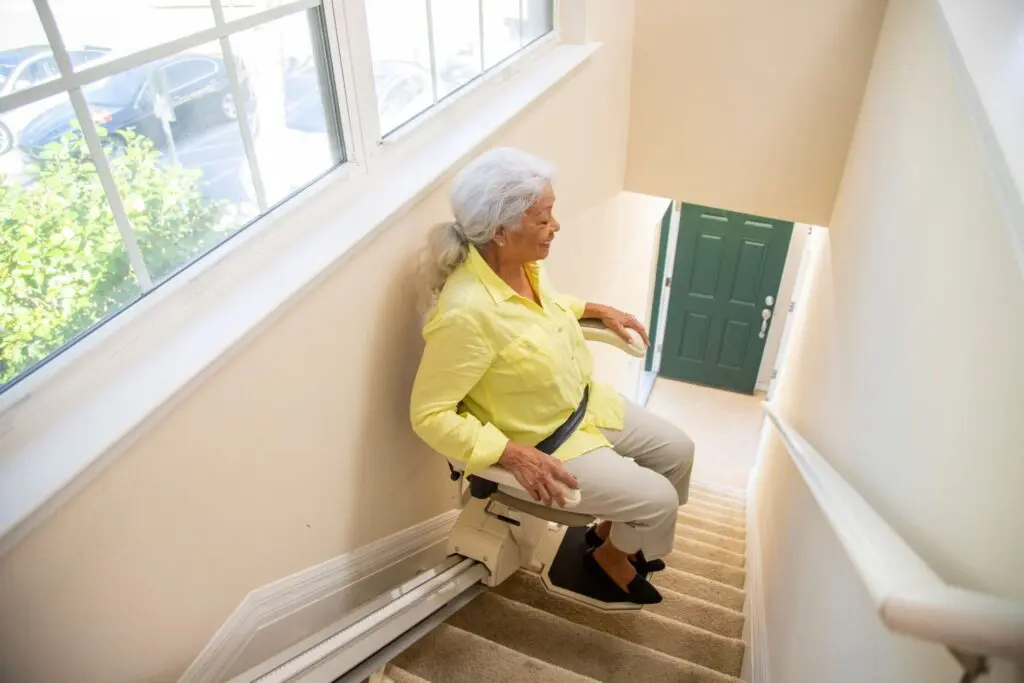
Chair Lifts: Features, Pros, and Considerations
Types of Chair Lifts
Vertical Platform Lifts: Move directly between floors, often used for porches or short floor-to-floor distances.
Inclined Platform Lifts: Follow the incline of the staircase and fold away when not in use.
Key Features
- Safety walls and locking gates
- Foldable ramps and limit switches
- Call/send stations on both floors
- High weight capacity
Pros
- Wheelchair accessibility
- Can transport both the user and their mobility device
- Customizable for indoor and outdoor use
Cons
- Higher cost and installation time
- Requires substantial space and possibly structural alterations
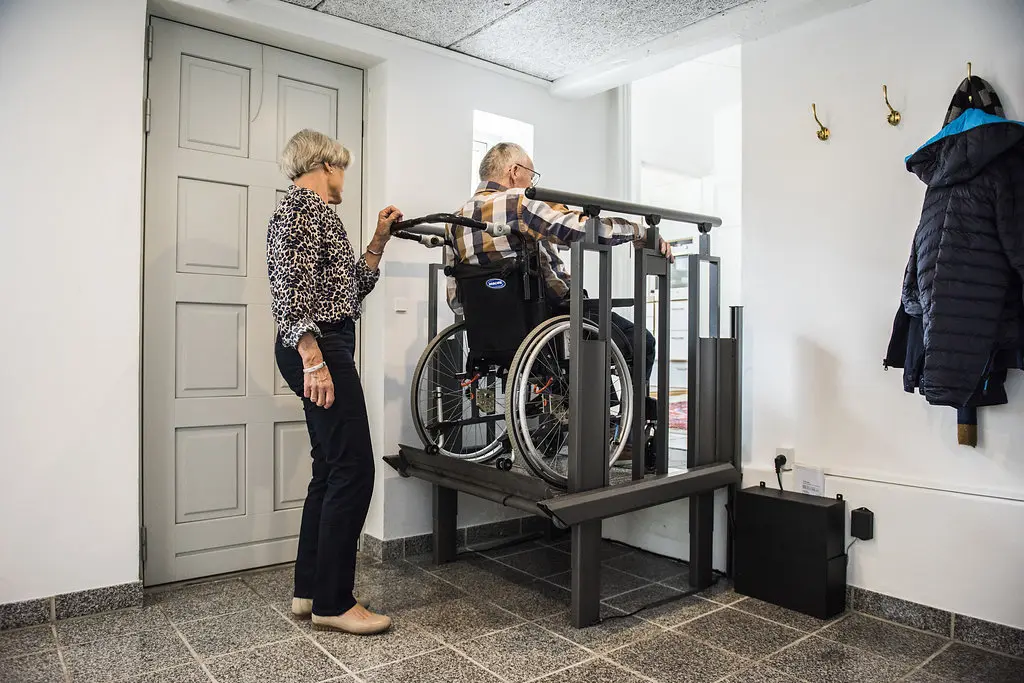
Price Comparison: What to Expect
Stair Lift Costs
- Straight Stair Lifts: $2,000 to $5,000
- Curved Stair Lifts: $8,000 to $14,000+
Influenced by stair configuration, added features, and brand
Chair Lift Costs
- Inclined Platform Lifts: $3,000 to $8,000+
- Vertical Platform Lifts: $4,000 to $15,000+
Price depends on lift type, structure, and customization
Factors to Consider When Choosing Between Them
Your Mobility Needs
If you can transfer and walk short distances, a stair lift may be sufficient. However, if you rely entirely on a wheelchair or walker, a chair lift is the more appropriate solution to ensure safe and independent movement between floors.
Home Layout and Space
Stair lifts are typically space-efficient and adaptable to most staircases, whether straight or curved. Chair lifts, by contrast, require more room for installation and may necessitate structural modifications, especially for vertical platform lifts.
Budget and Insurance
Stair lifts are generally more budget-friendly, particularly for straight staircases. Chair lifts tend to be more expensive due to their complexity. It’s also important to check if your insurance, Medicare Advantage plan, or Medicaid provides any coverage for these mobility aids.
Long-Term Accessibility Goals
Think beyond your current needs. If your mobility is likely to decrease over time, or if your home is intended to be your long-term residence, investing in a solution like a chair lift may provide greater long-term value and independence.
Alternative Solutions to Enhance Home Accessibility
There are several alternative solutions to improve home accessibility beyond stair and chair lifts. Walk-in tubs eliminate the need to climb over high bathtub walls, reducing the risk of falls. Adjustable hospital beds offer customizable head and foot elevation for comfort and easier transfers. Entryway ramps and grab bars enhance safety and mobility throughout the home, making navigation more manageable for individuals with limited strength or balance.
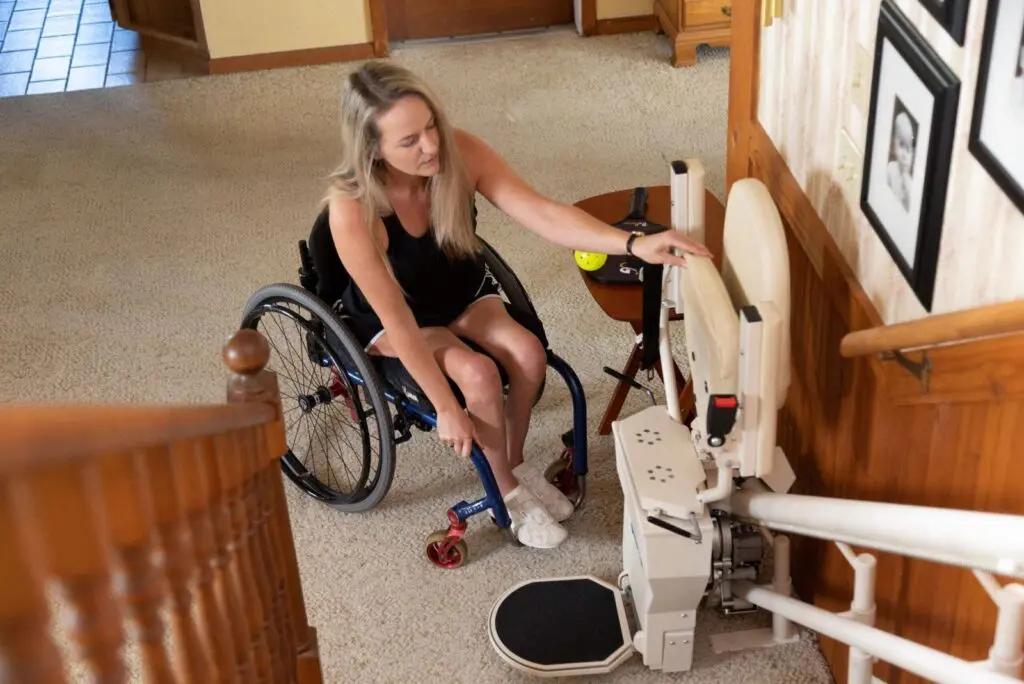
Chair Lift vs. Stair Lift: Make the Right Choice for Independence
Choosing between a stair lift and a chair lift depends on several personal and structural factors. Consider your mobility level, home layout, and long-term needs. A stair lift is ideal for individuals with some mobility, while a chair lift is best for full-time wheelchair users.
Before making a decision, consult with a mobility specialist to conduct a home assessment and ensure your chosen lift meets safety standards and lifestyle needs.
Ready to improve your home’s accessibility? Contact our experts today for a personalized consultation and learn more about stair and chair lift options tailored to your home and lifestyle.
FAQ’s
Q. Can lifts be installed on any staircase?
Yes, most staircases can accommodate lifts. Straight staircases are the easiest and most cost-effective to fit, while curved or spiral stairs may require custom rail systems, increasing installation time and cost.
Q. Will I need home renovations?
Stair lifts typically require little to no structural changes and can often be installed in a few hours. Chair lifts, especially vertical platform lifts, may need additional space, electrical work, or structural adjustments, depending on your home’s layout.
Q. What’s the weight capacity?
Stair lifts typically support between 300 and 350 pounds, depending on the model. Chair lifts, including platform lifts for wheelchair users, generally handle 500 to 750 pounds. Always consult the manufacturer’s specifications to ensure the lift meets your specific needs.
Q. Are they covered by Medicare or insurance?
Standard Medicare usually doesn’t cover stair or chair lifts, as they’re classified as home modifications. However, some Medicare Advantage plans, Medicaid programs, and VA benefits may offer coverage if the lift is deemed medically necessary. Always check with your provider for specifics.
Q. Do they need maintenance?
Yes, annual servicing is recommended to ensure the lift remains safe and functional. Maintenance typically includes checking the motor, battery, and safety features. Some companies also offer service plans or extended warranties.
Q. Can more than one person use the same lift?
Yes, as long as each user fits the weight and safety requirements. Be sure the lift’s configuration supports all users’ needs, especially if they vary in mobility.

